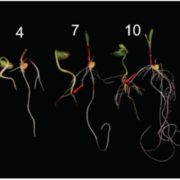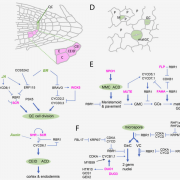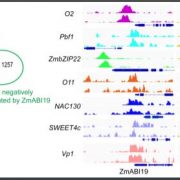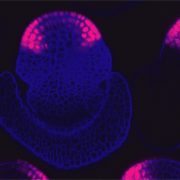Parking the phragmoplast: division site positioning via cortical telophase microtubules
By Aimee N. Uyehara1 and Carolyn G. Rasmussen1
1Department of Botany and Plant Sciences, Center for Plant Cell Biology, Institute for Integrative Genome Biology, University of California, Riverside, USA.
Background: Both cell division and proper orientation of the division are important for plant development and growth. Cell division is initiated in the middle of the cell by a structure called the phragmoplast. The phragmoplast is composed of filaments including microtubules and it expands outwards to form the new cell wall. Phragmoplast positioning is mediated by proteins that localize in a ring at the future division location or division site. It is not known how these proteins promote division positioning.
Question: How do proteins at the division site contribute to the phragmoplast reaching the correct location?
Findings: We propose a potential mechanism linking phragmoplast positioning with division site localized proteins using maize epidermal cells expressing a live-cell microtubule marker. We discovered that an extensive network of microtubule filaments accumulates at the cell periphery and are captured at the division site by a microtubule binding protein called TANGLED1, leading to microtubules that are oriented perpendicular to the division site. Pre-oriented microtubules are added into the phragmoplast as it reaches the cell periphery to accurately direct the movement of the phragmoplast.
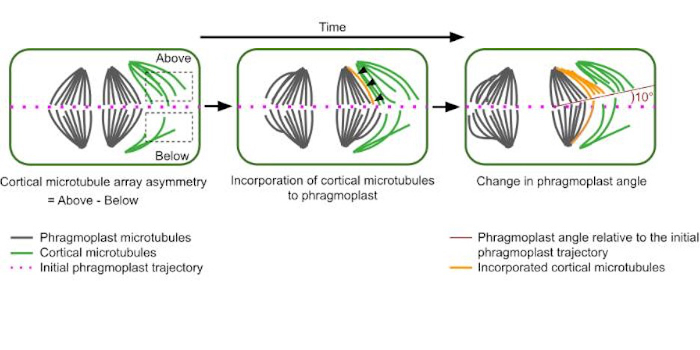 Next steps: Whether microtubules participate in division positioning and how TANGLED1 might modulate their dynamics in other plant cells is not yet known.
Next steps: Whether microtubules participate in division positioning and how TANGLED1 might modulate their dynamics in other plant cells is not yet known.
Marschal A. Bellinger, Aimee N. Uyehara, Lindy Allsman, Pablo Martinez, Michael C. McCarthy, and Carolyn G. Rasmussen. (2023). Cortical microtubules contribute to division plane positioning during telophase in maize https://doi.org/10.1093/plcell/koad033


